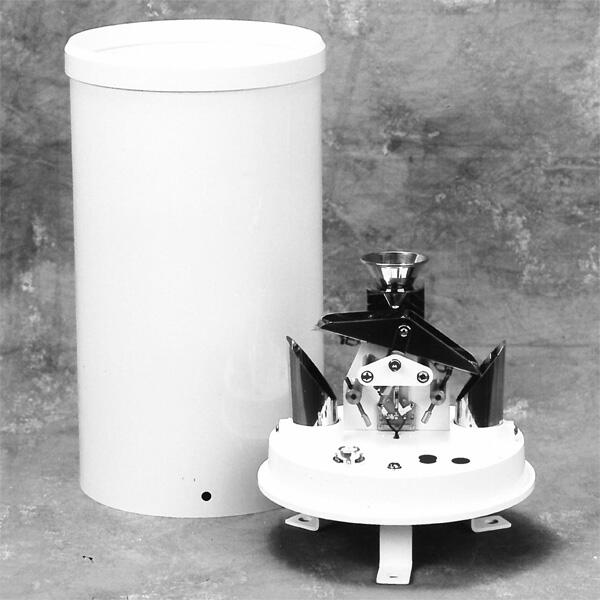
# 10 Practical Applications of Rain Gauges in Weather Monitoring
Rain gauges are essential tools in meteorology and environmental science, providing accurate measurements of precipitation. Their applications extend far beyond simply measuring rainfall. Here are 10 practical uses of rain gauges in weather monitoring:
## 1. Flood Prediction and Management
Rain gauges play a crucial role in flood forecasting. By monitoring rainfall patterns and intensity, authorities can predict potential flooding and implement preventive measures. This helps in minimizing damage to property and saving lives.
## 2. Agricultural Planning
Farmers rely on rain gauge data to make informed decisions about planting, irrigation, and harvesting. Accurate precipitation measurements help optimize water usage and improve crop yields.
## 3. Hydrological Studies
Hydrologists use rain gauges to study water cycles and manage water resources. Data collected helps in understanding river flows, groundwater recharge, and the overall health of watersheds.
## 4. Climate Research
Rain gauges contribute to long-term climate studies by providing consistent precipitation data. This information is vital for understanding climate patterns, trends, and changes over time.
## 5. Urban Planning
City planners use rain gauge data to design effective drainage systems and manage stormwater. This helps in reducing urban flooding and improving the resilience of cities to extreme weather events.
## 6. Weather Forecasting
Meteorologists use rain gauge data to improve the accuracy of weather forecasts. Precipitation measurements are integrated into weather models to predict future weather conditions more reliably.
## 7. Water Resource Management
Rain gauges help in managing water resources by providing data on rainfall distribution. This information is used to allocate water for domestic, industrial, and agricultural purposes efficiently.
## 8. Disaster Preparedness
Rain gauges are critical in disaster preparedness, especially in areas prone to heavy rainfall and landslides. Early warning systems rely on real-time precipitation data to alert communities and coordinate emergency responses.
## 9. Environmental Monitoring
Environmental scientists use rain gauges to monitor the impact of precipitation on ecosystems. This data helps in assessing the health of forests, wetlands, and other natural habitats.
## 10. Educational Purposes
Rain gauges are valuable tools in educational settings, helping students understand weather patterns and the importance of precipitation in the environment. They provide hands-on learning experiences in meteorology and environmental science.
In conclusion, rain gauges are indispensable instruments in various fields, from agriculture to urban planning and climate research. Their ability to provide accurate and reliable precipitation data makes them a cornerstone of weather monitoring and environmental management.
Keyword: 10 uses of rain gauge
